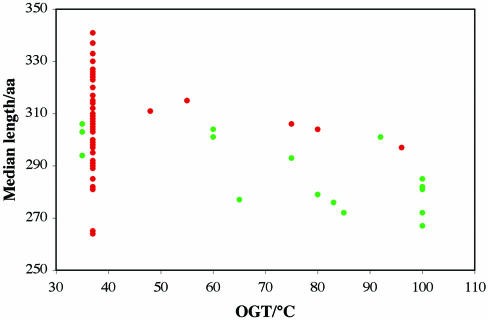Eukaryotic cells are generally much larger than prokaryotic cells. This size difference reflects fundamental distinctions in their cellular organization and complexity. While prokaryotic cells are typically 1-5 micrometers in diameter, eukaryotic cells range from 10-100 micrometers. This significant difference in scale is readily observable under a microscope.
Exploring the Size Difference: Eukaryotes vs. Prokaryotes
The disparity in size between eukaryotes and prokaryotes stems from several key factors:
Cellular Complexity and Organelles
Eukaryotic cells house a variety of membrane-bound organelles, such as the nucleus, mitochondria, and endoplasmic reticulum. These organelles compartmentalize cellular functions, allowing for greater specialization and efficiency. Prokaryotic cells lack these complex internal structures, resulting in a simpler, smaller design. The presence of a nucleus alone in eukaryotes contributes significantly to their larger size, as it contains the vast majority of the cell’s genetic material organized into chromosomes.
Figure: A comparison of eukaryotic and prokaryotic cell structures, highlighting the presence of membrane-bound organelles in eukaryotes and their absence in prokaryotes.
Cytoskeleton and Internal Organization
Eukaryotic cells possess an intricate cytoskeleton, a network of protein fibers that provides structural support, facilitates cell movement, and aids in intracellular transport. This elaborate framework contributes to the overall size and shape of the cell. Prokaryotic cells, lacking a true cytoskeleton, rely on their cell wall for structural integrity.
Protein Length and Complexity
Studies have shown that eukaryotic proteins are, on average, significantly longer than prokaryotic proteins. This difference in protein length is attributed to the presence of multiple domains within eukaryotic proteins, allowing them to perform diverse functions. Prokaryotic proteins tend to be simpler and shorter, reflecting the less complex nature of prokaryotic cellular processes. Longer proteins in eukaryotes often arise from the fusion of single-function proteins into larger, multi-functional units. This fusion is thought to enhance efficiency and regulation within the more complex eukaryotic environment.
 Protein Length Comparison
Protein Length Comparison
Figure: Illustrates the relationship between protein length and organism complexity. The data suggests a trend of increasing protein length with increasing organismal complexity.
Implications of Size Differences
The size difference between eukaryotes and prokaryotes has significant implications for cellular processes:
-
Metabolism: Larger eukaryotic cells have a lower surface area-to-volume ratio compared to prokaryotes. This limits the rate of nutrient uptake and waste removal, influencing metabolic rates and strategies.
-
Growth and Reproduction: Eukaryotic cells, due to their larger size and complex internal organization, typically have longer generation times and more intricate reproductive mechanisms than prokaryotes.
-
Evolutionary History: The evolution of larger, more complex eukaryotic cells represents a major milestone in the history of life. It paved the way for the development of multicellular organisms and the diversification of life on Earth.
Conclusion
The size difference between eukaryotes and prokaryotes is a fundamental characteristic that reflects underlying distinctions in cellular architecture, complexity, and function. Eukaryotic cells, being significantly larger, possess a greater degree of internal organization, including membrane-bound organelles and a cytoskeleton, enabling them to carry out more specialized and complex tasks. While prokaryotic cells excel in efficiency and rapid reproduction due to their smaller size, eukaryotes have achieved a level of complexity that has facilitated the evolution of diverse and sophisticated life forms. This fundamental difference in scale underpins the vast array of biological diversity observed in the world today.